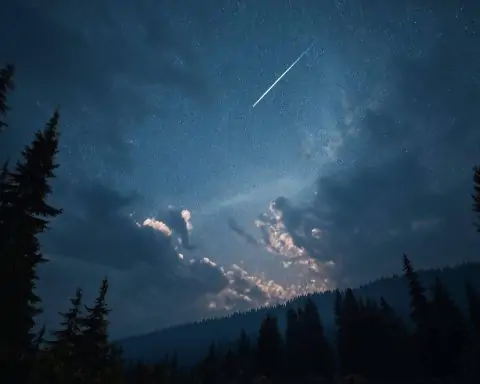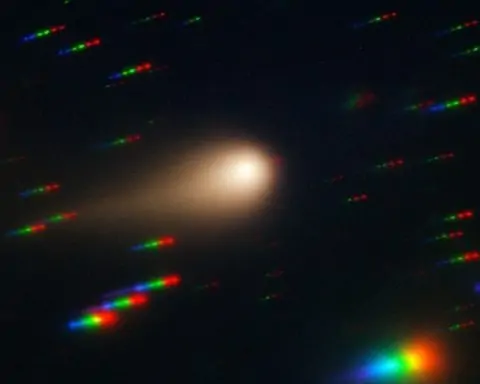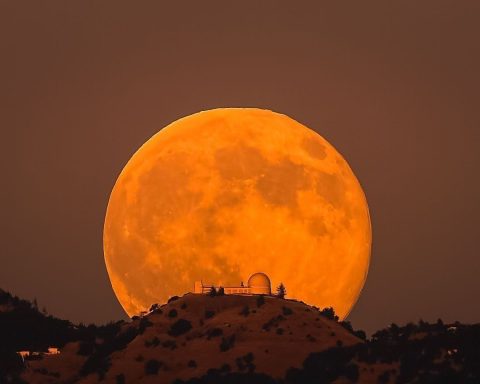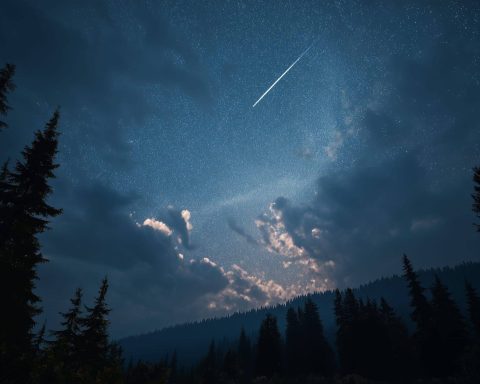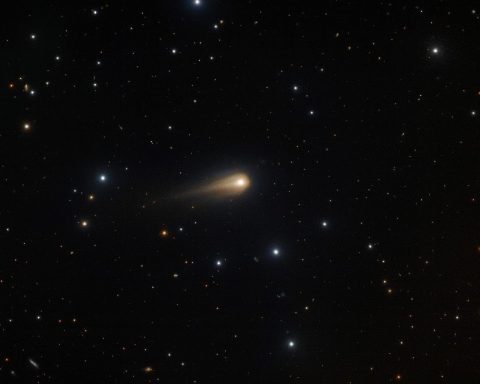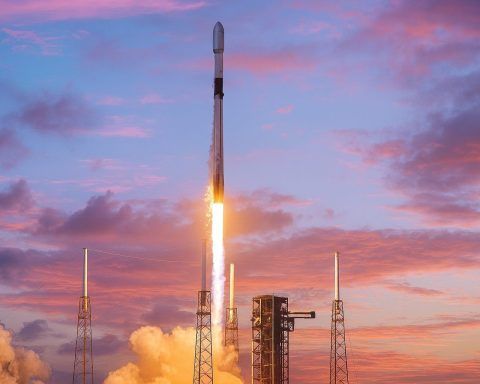
Rocket Launches Today (Dec. 16, 2025): Amazon Leo’s Atlas V Liftoff, China’s Ziyuan Mapping Satellite, and the Next 48 Hours in Spaceflight
Tuesday, December 16, 2025 delivered a classic “modern spaceflight” mix: a broadband-constellation push from Florida, a high-resolution Earth-observation mission from China, and a scrubbed smallsat launch attempt that underscores how tightly packed — and technically unforgiving — today’s global launch
